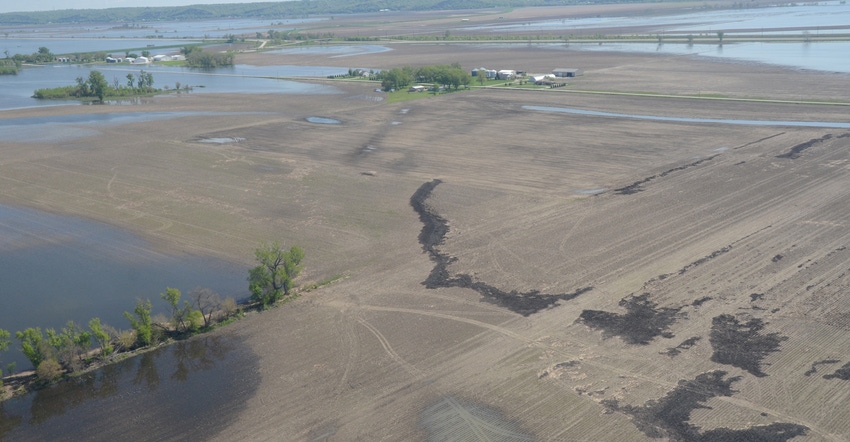May 20, 2019

Editor’s note: You can listen to my conversation with John Wilson by clicking on the Soundcloud file embedded in this blog.
Flooding earlier this spring left sand, silt, cornstalk residue and debris deposited on fields across eastern Nebraska.
And although the amount of sediment deposited may not be as severe as it was in 2011, John Wilson, Nebraska Extension educator, notes there still are some areas dealing with 3 to 5 feet of sand, and many places in east-central Nebraska are dealing with large amounts of cornstalks deposited over the entire field.
In the latest Down in the Weeds episode, we sit down with Wilson to discuss the effect of the flood on crop fields in eastern Nebraska and steps that can be taken to recover.
"In 2011, we had a real narrow corridor, probably 3 to 5 miles wide on either side of the Missouri river depending on the topography where we had very severe, very complete damage in those areas,” Wilson says. “But once we got outside that corridor, it was another normal year for most folks. This year, because of the extent of the flooding, it was over a much wider area of the state, and we had some places with extreme sand and silt deposition, other places not so much. We were fortunate this year in that we were one of the areas that didn't have quite the damage we experienced in 2011."
You May Also Like




